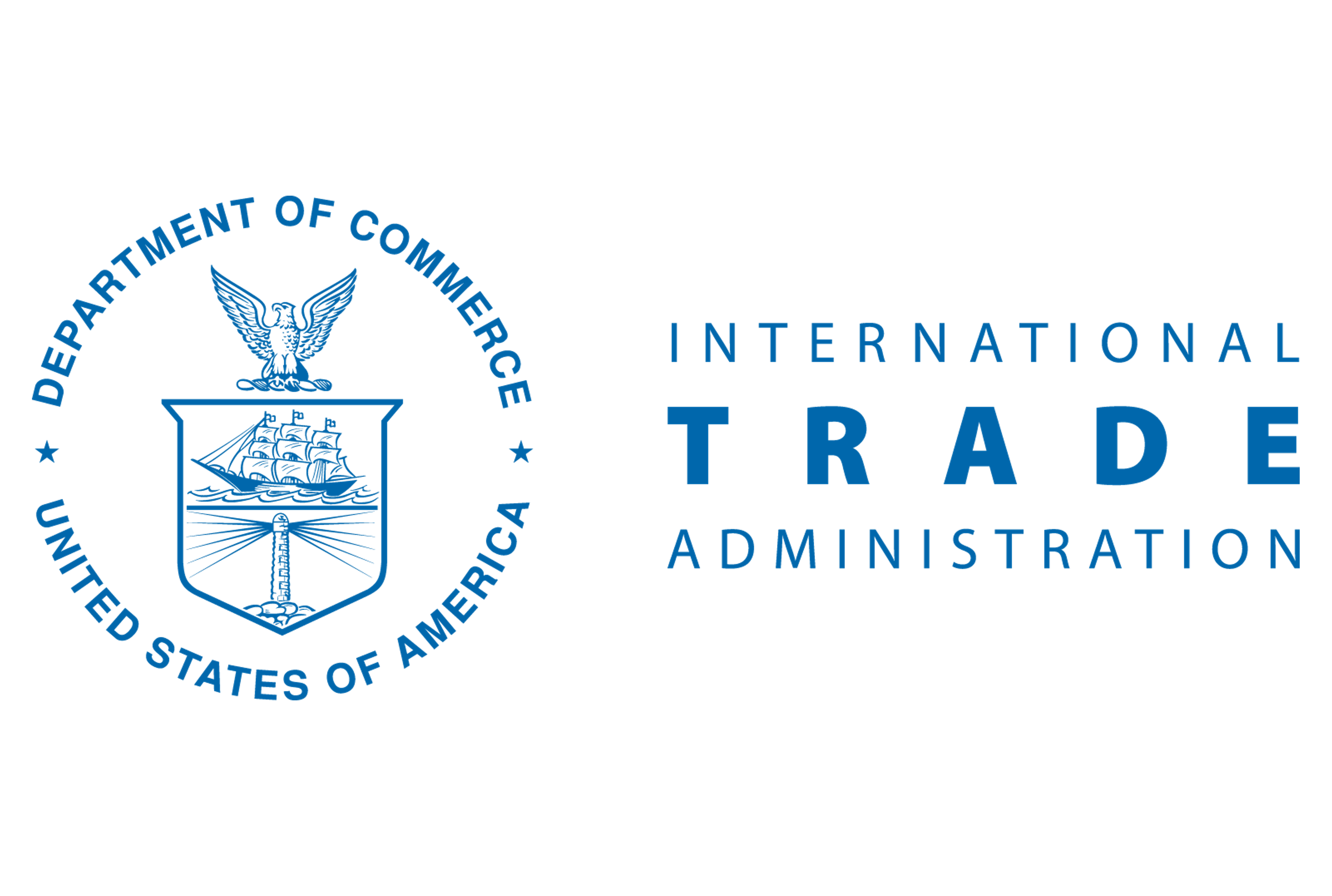Analysis

March 5, 2025
CRU: Trump tariffs on Canada and Mexico to squash steel demand
Written by Josh Spoores
New 25% blanket tariffs across all products exported to the US from Canada and Mexico are now in effect. The only exception is Canadian energy products, which will be assessed a 10% tariff.
Regarding the North American steel market, these tariffs will directly affect:
- 1. Finished goods exported to the US from Canada and Mexico – such as vehicles, appliances, and electronics.
- 2. Manufacturing components made in Canada or Mexico and exported to the US for final assembly – such as parts in vehicles, appliances, and electronics.
- 3. Steel and steelmaking raw materials traded between the US, Canada, and Mexico – such as steel scrap and iron ore.
Steel demand to fall alongside lower manufacturing demand
The primary result of these tariffs, if they remain in place at current levels, is lower demand due to dramatically higher prices for materials, components, and finished goods that traverse the North American supply chain. We expect overall industrial activity in North America to further compress as Canada and Mexico implement retaliatory actions.
These end-use markets make up approximately 45% of steel consumption in the US. For flat-rolled sheet, these markets represent approximately 65% of consumption. Further, the blanket tariffs also will be applied to lumber, which is a key input to single-family home construction – a notable source of demand for steel goods such as doors, appliances, and HVAC, among other items.
The implementation of these tariffs will immediately increase prices and lower demand, production, and profitability for US manufacturers.
Will blanket tariffs effectively double S232 to 50%?
As these new 25% blanket tariffs stand now, they appear set to be additive to the S232 tariffs of 25%, which will come into effect on March 12. The combination of these, if they are implemented and remain in effect, means steel products exported to the US from Canada and Mexico will now face a 50% tariff.
Just over a third of steel imports into the US come from Canada and Mexico – approximately 1.7 Mt annually. The US is a net importer, and while domestic capacity can increase, gains are limited. Therefore, to replace these imports, we would need to rapidly increase, and likely double, imports from other countries such as Japan, South Korea, Germany, Spain, Italy, Austria, Vietnam, and Turkey.
A doubling of imports from these countries will not happen. We expect markets in the US to price in the sum of steel tariffs on Canada and Mexico at 50% to create a new floor as steel products from North American producers are required for US demand to be met.
Retaliation starts to emerge
Retaliation from Canada and Mexico is starting to emerge. While Mexico has a plan that will be released over the coming weekend, Canada has started off with tariffs on $107 billion worth of exports from the US that will ramp up over time. They also are placing an export tax of 25% on electricity they export to Minnesota, Michigan, and New York state. An export tax may be a more effective form of retaliation here. Why? Rather than taxing your own citizens, it instead simply raises the costs for products the US is reliant upon.
Expect Trump tariffs to evolve
Impacts from the new blanket tariffs across all goods exported from Canada and Mexico to the US are substantial. There are no winners. We expect these tariffs will evolve, especially around the end result of steel and aluminum doubling from 25% to 50% over the coming week.
The economic consequences of these 25% tariffs and retaliatory measures are potentially very damaging if they remain in place. That’s because supply chains for US manufacturers are complex and intertwined throughout the US, Canada, and Mexico.
We see the end result of these tariffs being rising price inflation and a prolonged downturn in demand in the US. Opportunities will exist for new domestic investments that will stimulate steel demand. But these investments will take time. And adjustments will be required to the blanket tariffs for domestic manufacturers to weather the storm today.
This analysis was first published by CRU. To learn about CRU’s global commodities research and analysis services, visit www.crugroup.com.







